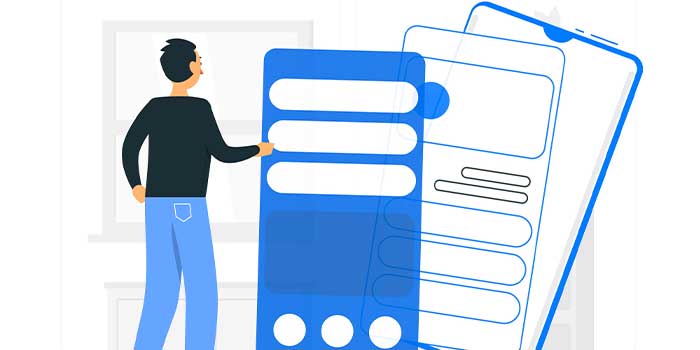Application of Reinforcement Learning in Artificial Intelligence: Challenges, Advances, and Future
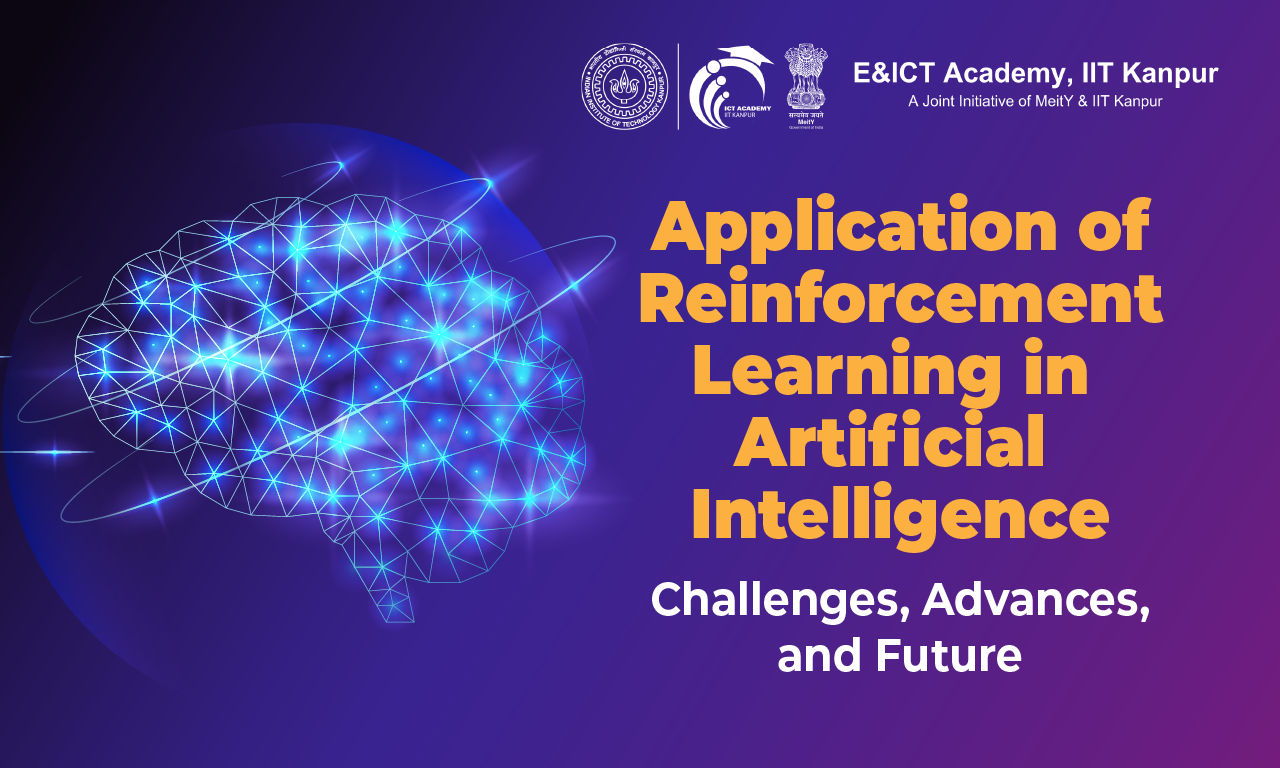
There is a branch of artificial intelligence (AI) that focuses on giving machines the ability to learn from and adapt to their surroundings. Reinforcement learning (RL) is the name of this effective strategy. Reinforcement learning has drawn a lot of interest and showed incredible promise in a variety of industries, including robots, gaming, healthcare, and finance. To shed light on reinforcement learning’s potential to revolutionize the field of AI, this article examines the idea, its core ideas, and its applications.
Understanding Reinforcement Learning Reinforcement learning is a computational strategy that enables an AI agent to learn from interactions with the environment and make wise judgments. Reinforcement learning functions without clear instructions or established datasets, in contrast to other learning paradigms like supervised learning and unsupervised learning. Instead, it makes use of a feedback mechanism that assigns the agent rewards or punishments according to its behavior.
The idea of an agent— a creature that learns to traverse its environment in pursuit of a specified goal—lies at the heart of reinforcement learning. The agent acts under its current situation, receives feedback in the form of incentives or penalties, and then makes use of this knowledge to update its understanding and enhance subsequent decision-making. The agent gradually gains the ability to maximize its cumulative reward through a process of trial and error, eventually settling on an ideal policy that directs its behavior.
Reinforcement learning’s essential elements are:
The three main parts of reinforcement learning are as follows:
1: Agent: The creature that interacts with the environment to learn or make decisions. Maximizing the agent’s cumulative benefits over time is its main goal.
2: Environment: The situation or context in which an actor acts. It depicts the outside environment or system with which the agent interacts, giving feedback in the form of rewards or penalties determined by the agent’s activities.
3: Reward Signal: The technique for informing an agent whether or not its activities are desirable. Rewards influence an agent’s progress toward reaching its objective and can be either positive (encouragement) or negative (penalties).
Applications of reinforcement learning: Reinforcement learning has achieved outstanding results in a variety of fields, including:
1: Robotics: RL makes it possible for robots to pick up difficult tasks and adjust to changing circumstances. It has played a crucial role in the development of manipulative, mobile, and dexterous robotic systems.
2: Gaming: Reinforcement learning has made ground-breaking advancements in the gaming industry. RL algorithms have proven to have the exceptional problem-solving ability, winning games as diverse as Dota 2 and StarCraft II to classic games like Go and Chess.
Challenges:
1: Exploration-Exploitation Tradeoff: RL agents must balance exploring novel actions with exploiting their current knowledge to maximize rewards. It can be difficult to find an exploratory method that promotes effective learning without leading to acts that are less than ideal.
2: Designing Reward Functions: It can be challenging to create reward functions that effectively nudge an agent in the direction of the desired behavior. Ineffective or insufficient rewards can impede learning and make it challenging for agents to determine the best course of action.
3: Sample Effectiveness: To learn effectively, RL algorithms often need a lot of encounters with the environment. In fields where data gathering is expensive or time-consuming, this high sample complexity may be a restriction. To make RL more useful, improving sample efficiency is a critical area of research.
4: Generalization: RL agents need to be able to apply what they have learned to hypothetical circumstances. It is difficult to achieve robust generalization because agents frequently overfit to particular scenarios or have trouble adjusting to new surroundings or changes in task conditions.
5: Safety and ethics: As RL agents gain autonomy and power, ensuring their safety and moral conduct is crucial. In addition to aggressively researching strategies for safe exploration and reducing undesirable side effects, agents should not be taught damaging or unethical policies.
6: Credit Assignment: It might be challenging to ascertain how different acts made at various time stages contributed to the final rewards, particularly for long-horizon projects. Learning successful policies requires accurate credit assignment.
7: Partial Observability: Making decisions is difficult in many real-world situations where agents only have a partial or inaccurate understanding of their surroundings. Research is still being done on how to develop efficient rules when partial observability exists.
8: Scalability: In big and complicated environments, reinforcement learning algorithms may have difficulty scaling. To enable RL in more broad real-world applications, computationally efficient methods and methodologies for managing high-dimensional state and action spaces are required.
Conclusion:
The ability of machines to learn and adapt in dynamic and complicated settings is greatly enhanced by reinforcement learning. Even though exploration, sample efficiency, and generalization are difficult problems, continual research efforts keep the field moving forward. Reinforcement learning is poised to revolutionize industries and enable intelligent systems to make decisions on their thanks to improvements in algorithms, computer capacity, and real-world applications.
Advancement:
1: Deep Reinforcement Learning: It has been revolutionary to combine deep neural networks with reinforcement learning methods. Deep RL techniques, such as Proximal Policy Optimisation (PPO) and Deep Q-Networks (DQN), have achieved astounding results in handling challenging problems, including playing video games at superhuman levels and mastering Go and Chess.
2: AlphaGo and AlphaZero: DeepMind’s projects AlphaGo and AlphaZero showed the effectiveness of reinforcement learning in the board game industry. World-class Go players were vanquished by AlphaGo, demonstrating how RL systems can learn complex strategies through self-play and deep neural networks.
3: Reinforcement learning has played a crucial role in the advancement of robotics and autonomous systems. Robotics has advanced significantly in fields like industrial automation, self-driving automobiles, and humanoid robotics thanks to the development of RL algorithms that allow robots to learn complicated manipulation tasks, locomotion, and control.
4: Generalization and Transfer Learning: Researchers have made progress in enhancing the generalizability of RL algorithms. By utilizing knowledge gained from one job or environment and applying it to new, related activities, transfer learning techniques let agents learn and generalize information more quickly.
5: The study of multi-agent reinforcement learning (MARL), which concentrates on situations where numerous agents interact and learn simultaneously, has garnered prominence. Multi-agent games, decentralized control systems, and cooperative robots are some of the fields where MARL is used.
6: Exploration Strategies: New exploration techniques have been developed to promote effective learning. Agents are encouraged to explore novel states or seek out new experiences via algorithms like intrinsic motivation and curiosity-driven exploration, which promote better exploration and more effective learning.
7: Applications in the Real World: Reinforcement learning has been used successfully in several fields. Healthcare treatment plans, personalized medicine, algorithmic trading in the financial sector, traffic management, energy systems, and other areas have all benefited from its application. Additionally, RL is being investigated in intricate fields like drug development and protein folding.
8: Open-Source Frameworks and Tools: The development and application of RL algorithms have been facilitated by the availability of open-source RL frameworks and libraries, including TensorFlow Agents, OpenAI Gym, and Stable Baselines. The standardized environment and methods offered by these tools make experimentation and repeatability easier.
9: Integration with Cognitive Science: Reinforcement learning research has been researching linkages between RL algorithms and human decision-making processes, drawing inspiration more and more from cognitive science and neuroscience. This multidisciplinary approach could improve our understanding of intelligence and learning.
10: Collaboration and Information Sharing: Through conferences, seminars, and online platforms, the reinforcement learning community has promoted collaboration and information sharing. This culture of cooperation has sped up development by allowing researchers to build on one another’s work and push the limits of RL.
These developments highlight how reinforcement learning may be used to build intelligent systems that can learn, adapt, and make judgments in challenging situations. Reinforcement learning is poised to continue its extraordinary development and influence the direction of artificial intelligence through continued research and innovation.
Future:
1: Reinforcement learning (RL) has a bright future ahead of it and has the power to transform a variety of facets of our lives. Here are some important future developments and directions:
2: Scalability and Sample Efficiency: A key area of research focuses on increasing the scalability and sample efficiency of RL algorithms. Learning will occur more quickly and with fewer interactions with the environment because of developments in algorithmic techniques like meta-learning, model-based RL, and enhanced exploration tactics.
3: Safe and Ethical RL: It is crucial to guarantee the moral conduct of RL actors. Future developments will concentrate on creating strong safety measures, matching agent behavior to values set by humans, and resolving issues with fairness, bias, and interpretability in RL systems.
4: Enhancing RL agents’ capacity for generalization so they can adapt to and perform well in novel and uncharted contexts will be a major focus of future research. Agents will be able to use information from completed tasks to expedite learning in new domains thanks to techniques that enable efficient transfer learning and meta-learning.
5: Applications in the Real World: RL will continue to be used in a variety of fields. Personalized treatment plans, drug discovery procedures, and clinical decision support systems may all be improved in the healthcare industry by RL algorithms. Additionally, RL can support smart transportation systems, personalized learning environments, and sustainable energy management.
6: Human-AI Collaboration: There will be increasing interaction between people and RL agents. RL algorithms can help people make decisions by offering advice, justifications, and adaptive support. Collaboration in RL will close the knowledge gap between humans and machines, producing results that will benefit both parties.
7: Multi-Agent RL: As multi-agent reinforcement learning develops, complex systems with several agents interacting and working together will become possible. This has ramifications for fields including swarm robotics, decentralized control, autonomous cars, and economic simulations.
8: Hybrid Approaches: To make use of the advantages of each strategy, RL will be combined with other learning paradigms like supervised learning and unsupervised learning. Learning systems that are more potent and versatile can be created using hybrid models that combine RL with deep learning, evolutionary algorithms, or cognitive architectures.
9: Connections between Cognitive RL and Neuroscience RL research will continue to be influenced by cognitive science and neuroscience. Cognitive models’ insights and brain-inspired algorithms’ learning effectiveness and decision-making processes can all be enhanced by RL algorithms.
10: Collaboration across disciplines: The future of RL will include working with experts from a variety of disciplines, including psychology, neurology, sociology, economics, and ethics. A fuller knowledge of RL’s social effects, human behavior, and ethical consequences will be made possible through interdisciplinary initiatives.
11: Open-Source and Democratisation: As open-source RL frameworks, resources, and tools continue to expand, more people will have access to RL algorithms, facilitating their general adoption. This openness will encourage creativity, information exchange, and the growth of useful RL applications across industries.
The future of RL is tremendously bright as technological developments fuel the creation of more powerful, intelligent, and adaptive AI systems. As research advances, RL will be crucial in tackling difficult problems and changing sectors, having a good effect on society as a whole.
Recommended Courses
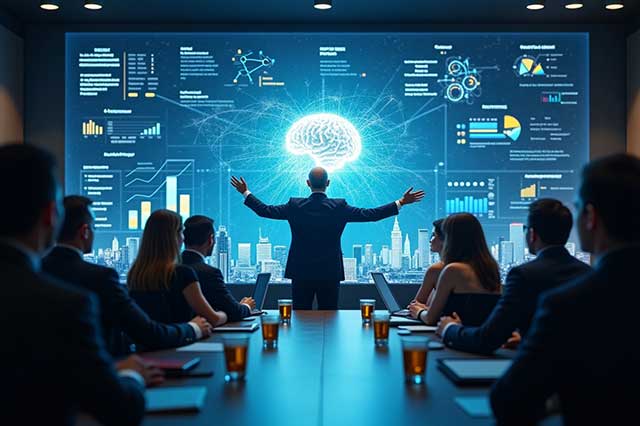
Advanced Certificate Program in AI for Leaders

AI & Digital Transformation

AI for Managers

AI for Managers

Artificial Intelligence

Deep Learning with Generative AI for Computer Vision
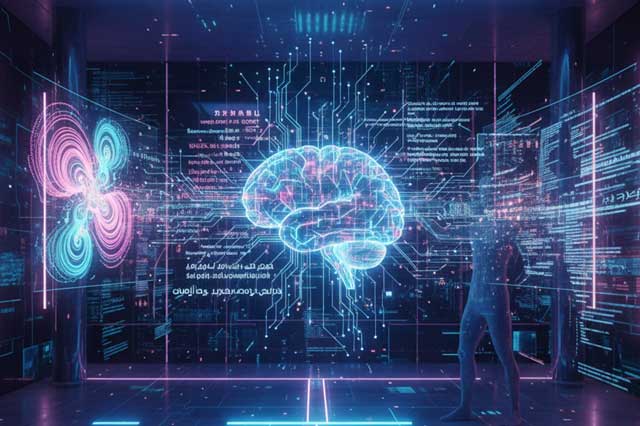
Generative AI

Generative AI Course
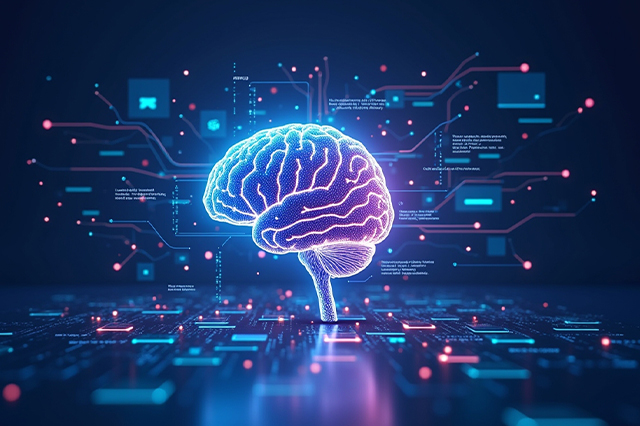
Generative AI – 2-Day Offline Workshop
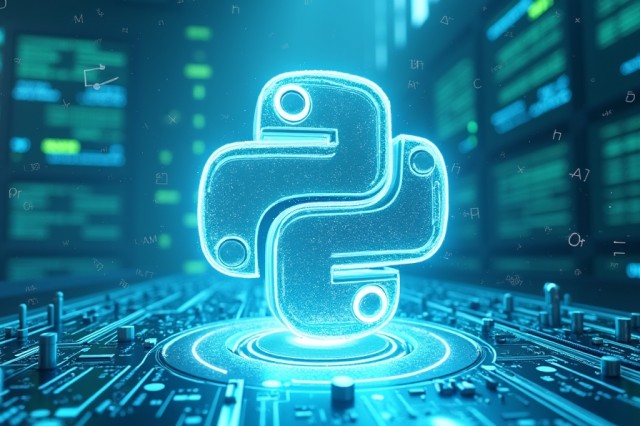
Machine Learning with Python

Professional Certificate Course in Generative AI and Machine Learning
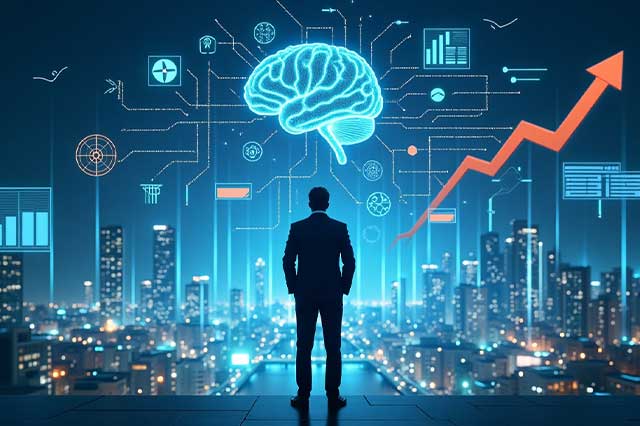
Professional Certificate Program in Leadership with AI
